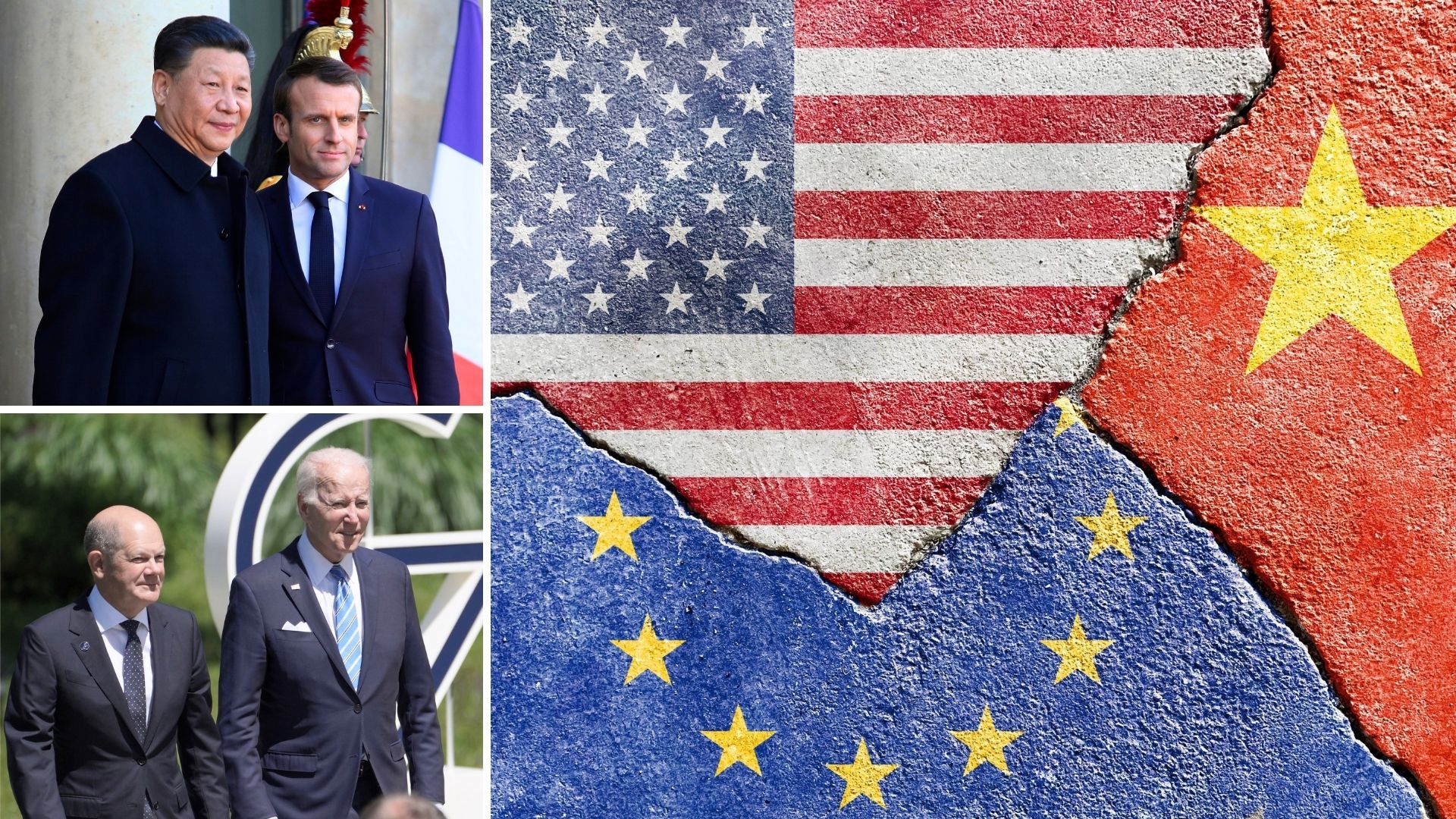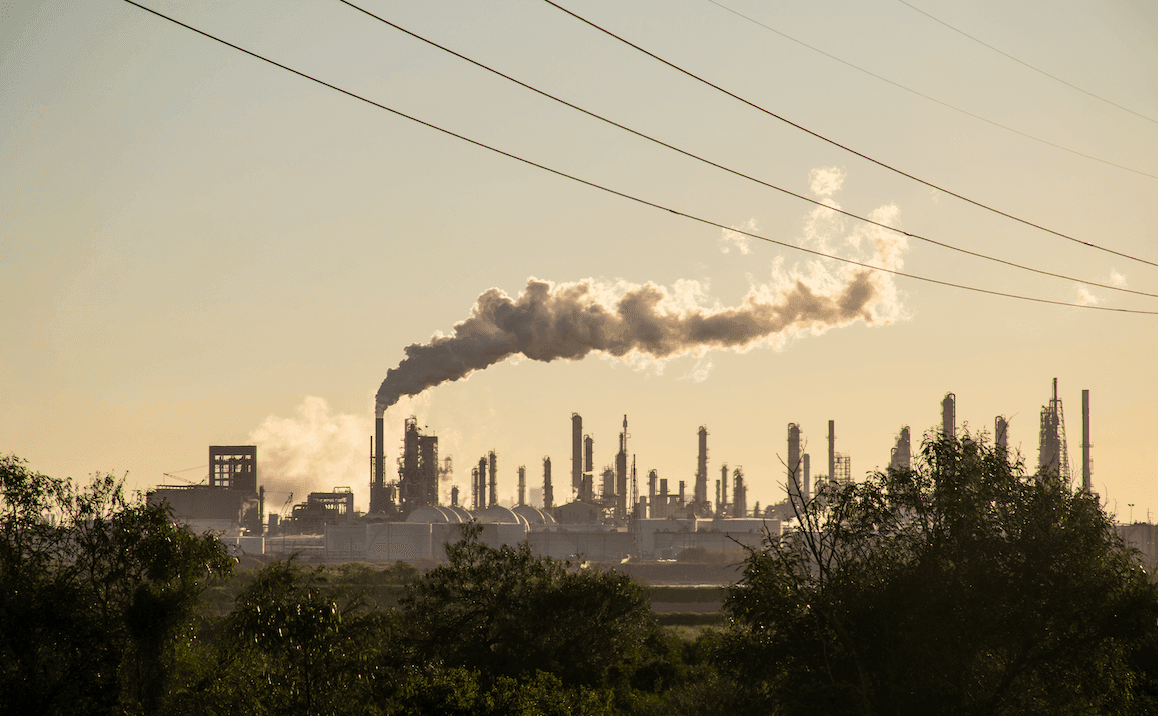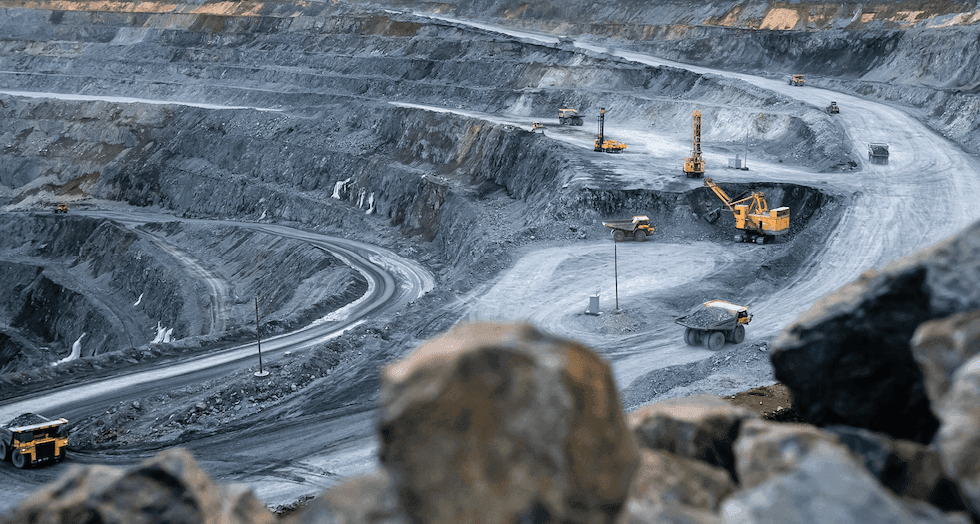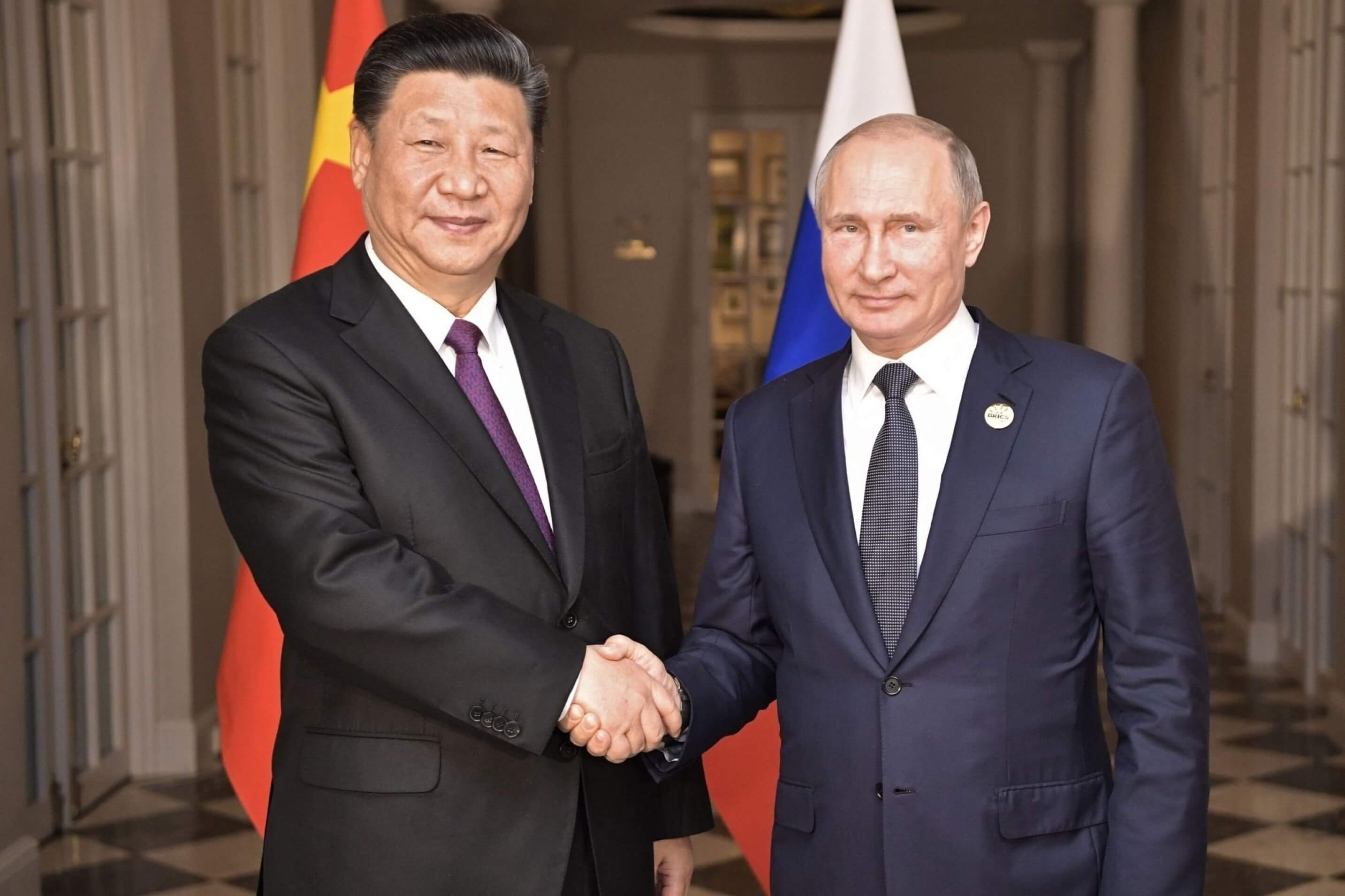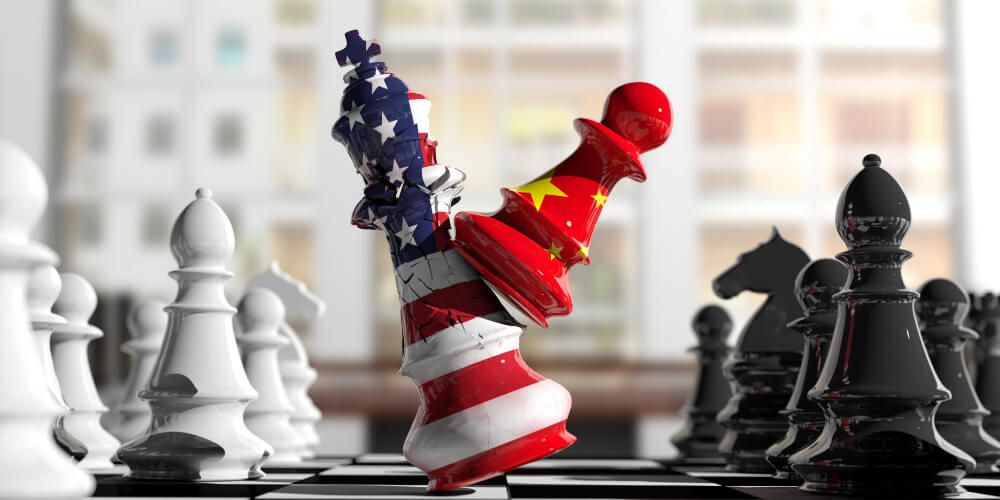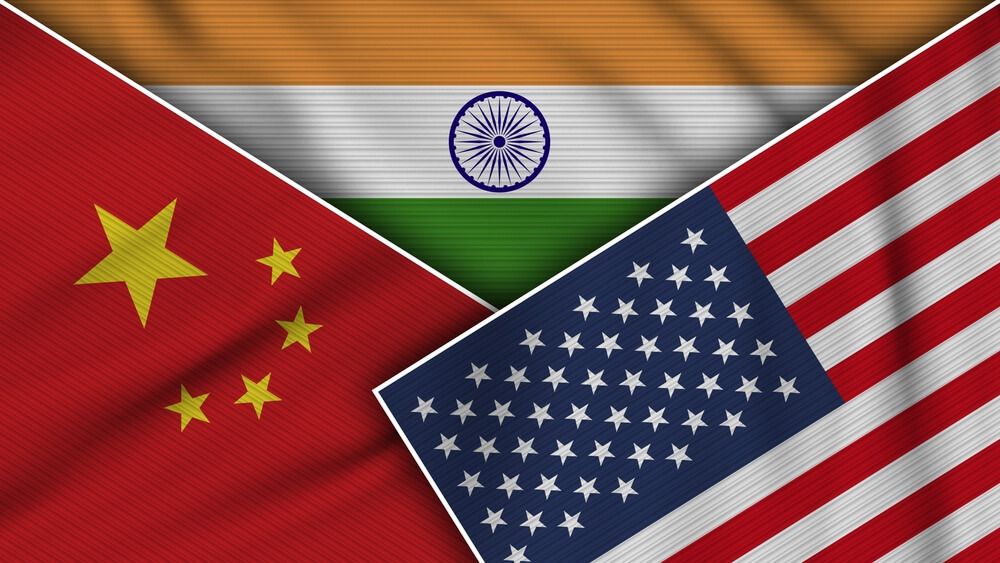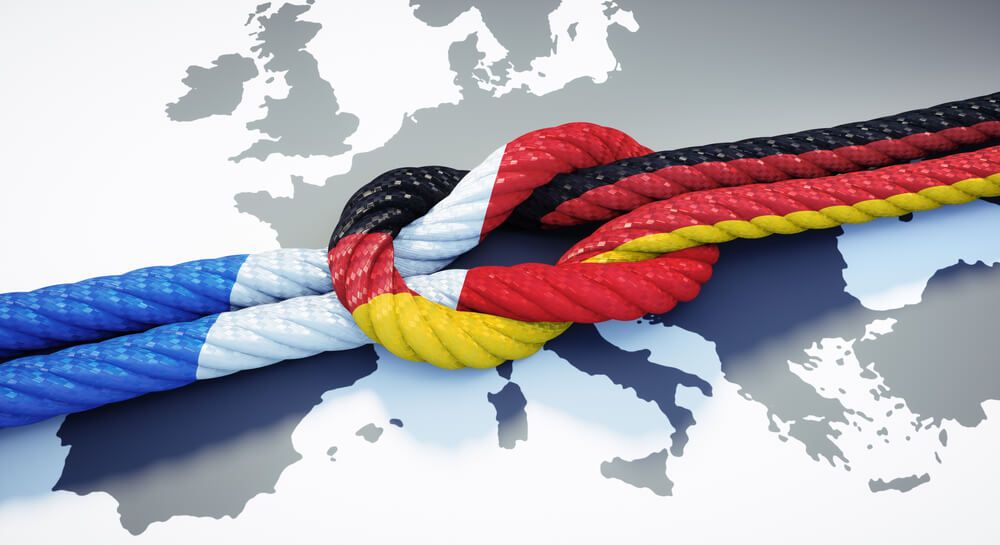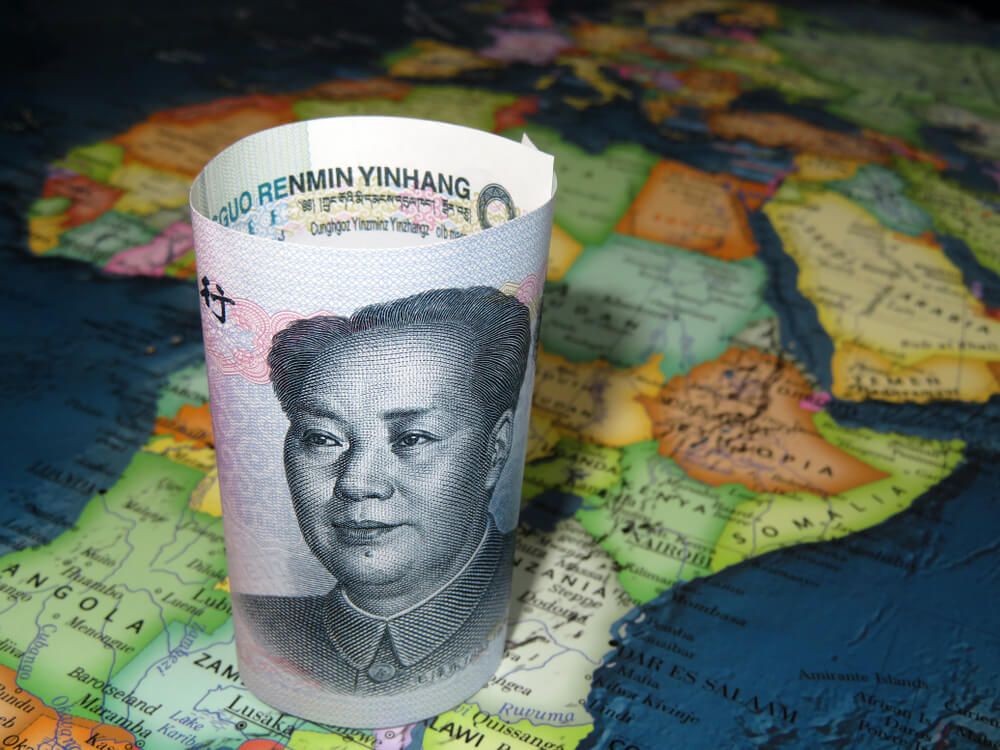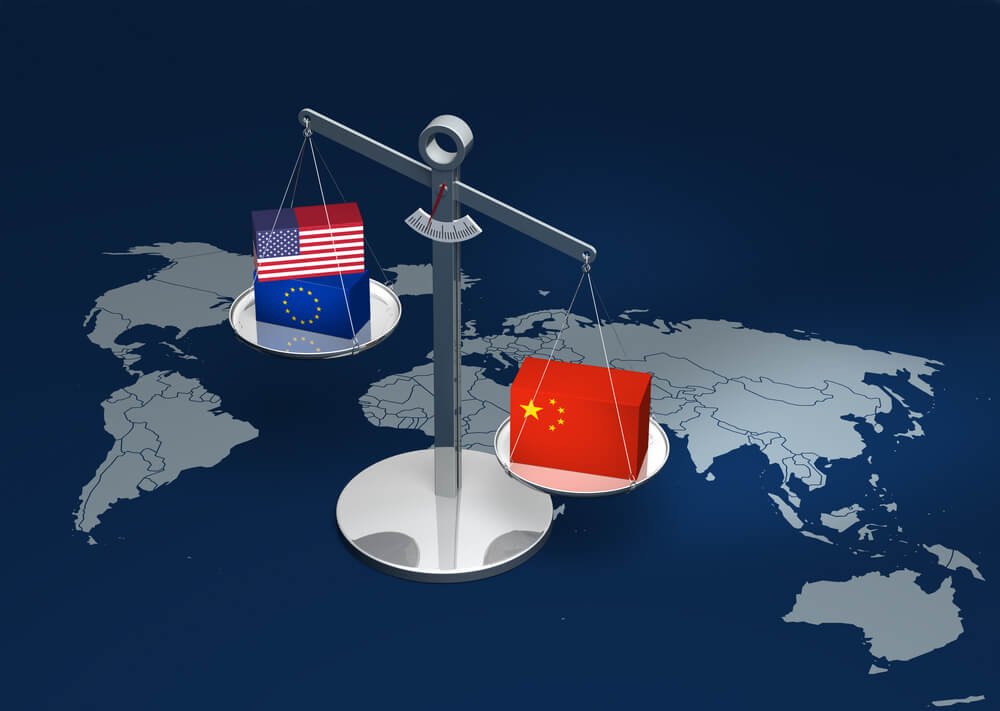Although both are energy superpowers, the United States and China are on very different footings. China is the world’s largest crude oil importer, with more than 10.1 million barrels per day in 2022 and a post-pandemic rebound expected in 2023. At the same time, it is rivaling Japan to be the biggest global importer of liquefied natural gas (LNG). It therefore depends very heavily on other nations for its supply. But it has aces up its sleeve and a strategy in place.
China’s first ace is that it is a major producer of natural gas, with more than 220 billion cubic meters per year, and of crude oil, with 4 million barrels per day. By boosting domestic production, it can increase the share of gas in its energy mix while keeping import dependency under control.
The second is that its considerable coal reserves allow it to regulate its demand for gas according to geopolitical, social, and economic constraints. Having seen domestic demand for gas rise year on year by the equivalent of France’s annual consumption, in 2022, when global spot gas prices skyrocketed, China prevented a further rise and significantly reduced its imports of spot LNG cargoes by relaunching coal—to the benefit of Europe. Coal also allows China to compensate for any gaps in its hydroelectric production, and plays an important role for social stability.
China’s Strategy for the Security of Its Gas Supply
Beijing wants to limit its dependence on gas imports to around 50%. In the face of geopolitical, technical (reduced or no access to LNG), or economic (very high prices) risks, China can limit its demand for gas by turning to coal, notably in the electricity and industrial sectors, and by reducing state-controlled heating and industrial activity. Abroad, China is multiplying its supply options through gas pipelines (Central Asia, Russia, Myanmar) and LNG, although with limited participation in some projects (as in Russia).
China already imports LNG from the United States and has readily signed many long-term contracts with American suppliers. In fact, these imports were foreseen in the trade rebalancing agreements reached between the two nations during the Trump presidency. They may turn out to be a boon for China, as long as it has other options, such as Qatar, a major global supplier with which Beijing recently signed a major long-term contract. Thus, in 2021 and 2022, around half of the new volumes secured by China for long-term delivery have been with American project developers, while Australia, a close ally of the United States, is already China’s top supplier.
China is trying to bring this dependency under control and appears ready to overexpand its gas imports to counter any risks. The impact of this potential overexpansion of imports could be strengthened if China were to dampen the growth of its demand, further boost its domestic production, or sign new contracts with Russia that could be accompanied by new infrastructure.
For Europe, this means that China could become one of the top LNG suppliers in the future in re-exporting volumes. In certain circumstances, Chinese buyers could resell American cargoes to the Europeans, pocketing large profits. As of 2022, this is already occurring. Going forward, it is possible that China will seek to maximize imports of American LNG when prices are low and resell it to Europe when they are high. However, China’s storage capacities (equivalent to 7-8% of the country’s demand) are relatively low—a potential Achilles heel.
Crude Oil Supply
In the oil sector, Beijing’s strategy is to limit and then reduce its domestic consumption, thanks in particular to its transition to electric vehicles, and to diversify supply, aware that Chinese state-owned enterprises have limited involvement in major oil projects abroad. China has profited considerably from the war in Ukraine and from the lower prices of certain Russian supplies in 2022 and 2023. Here too, China has shown its readiness to reexport oil products, including to Europe, establishing large quotas for these highly profitable deals. At the same time, it has built up significant strategic stocks.
China has a vital interest in the stability of the Middle East, which explains its partnership with Iran on the one hand and Saudi Arabia on the other. It is too prudent to commit itself to new projects in Russia, given the constraints brought by the sanctions, and Moscow has never wanted to hand over control of energy assets to China. The weaker Russia becomes, the greater the opportunities for China in this sector, though it is essential for China that Russia does not collapse, and to comply with sanctions.
Sino-American Rivalry in the Nuclear Domain
Sino-American rivalry is also playing out in the arena of civil nuclear power, with the United States seeking to thwart China’s export projects on the grounds that it stole American technology. Another US policy aims to replace and ban Chinese equipment in its critical power systems and plans to develop a domestic industry of low-carbon technologies. For Europe, the crux of the matter is that the acceleration of the energy transition poses an immense industrial challenge, and much of the equipment, not to mention the metal, in its power and industrial systems, is Chinese. In the end, if Europe does not succeed in resolving its ideological battles over nuclear and hydrogen, China and the United States, but also Japan and South Korea—all pragmatic on the topic—will take advantage and establish an irreversible lead.
Recommendations for the European Union
In this context, the European Commission ought to develop a new gas strategy, adapted to the acceleration of the European energy transition, that establishes a realistic demand trajectory with various scenarios that consider different nations’ import needs. Moreover, given Europe’s vulnerability regarding hydrocarbons, a strengthened and simplified industrial policy for low-carbon technologies—including measures to make the power system more flexible and to replace natural gas in industry—seems essential. Equally so is the search for solutions to the internal tensions over nuclear and hydrogen, which are weakening Europe at a time of high energy costs, scarcity of low carbon electricity and obvious challenges to achieving the ramp up in renewables deployment, storage solutions and grid upgrade.

